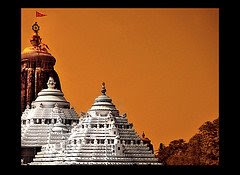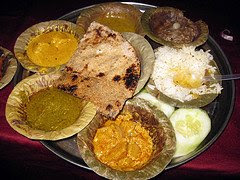
The secular country of India has fostered each religion with great care and reverence. People here are deeply religious and respect the other religions as well. Many pilgrims undertake a yatra or haj to offer their prayers and seek blessings from the almighty. Whole India is dotted with pilgrimage centers that are an abode of divinity and spirituality. Be it north India, or south. east or west, pilgrims horde to tes shrines to have that ultimate feeling of spirituality.
The North India Pilgrimages include the holy yatra to Char Dhams – Yamonotri, Gangotri, Badrinath and Kedarnath - , Amarnath Yatra (Kashmir), Vaishno Devi yatra (Kashmir), Himachal Pradesh, Haridwar, Rishikesh, Mathura, Vrindawan, Allahabad, Varanasi, Ujjain, Pushkar and many more. The South India Pilgrimages comprise of Tirupati Tirumala Balaji, Mahabalipuram, Kanchipuram, Ramaeshwaram, Chidambaram.
While the East India Pilgrimages will take you to Kamakhya Devi Shrine, Puri, Bhuwaneshwar, Konark. The West India Pilgrimage will show you the temples of Dwarka, Somnath, Siddhivinayak, Mumba Devi, Ashtvinayaka, Nasik.
Besides circuits, one more criteria can filter the pilgrimages of India. Based on religious beliefs, the pilgrimages can be talked in terms of Hindu Pilgrimages, Sikh Pilgrimages, Jain Pilgrimages, Buddhist Pilgrimages, Muslim Pilgrimages and Christian Pilgrimages.
We have seen the Hindu Pilgrimages. Now we shall talk about Sikh Pilgrimages. Golden Temple in Amritsar and Anandpur Sahib are two most revered Sikh pilgrimages. The Jain Pilgrimages centers include sites located in the Karnataka state at Sravanabelagola and Mount Abu in Rajasthan.
The Buddhist Pilgrimage Circuit will take you to Bodhgaya, Lumbini, Vaishali, Sarnath, Nalanda, Kaushambi, Shravasti, Kushinagar and Rajgir. The Muslim Pilgrims pray at Ajmer Sharif, Jama Masjid, Moti Masjid and visit Fatehpur Sikri. The Christian Pilgrimages take us to many churches of Goa and other regions of India. These pilgrimage centers hold special prominence among Indians.











